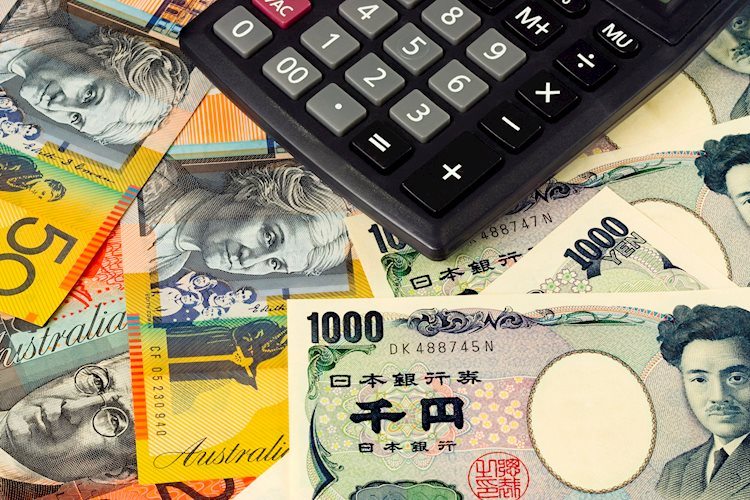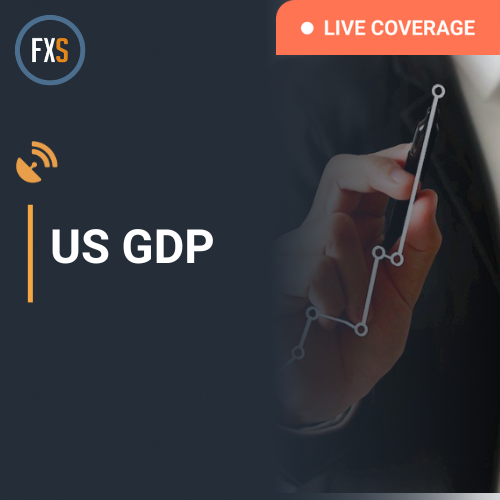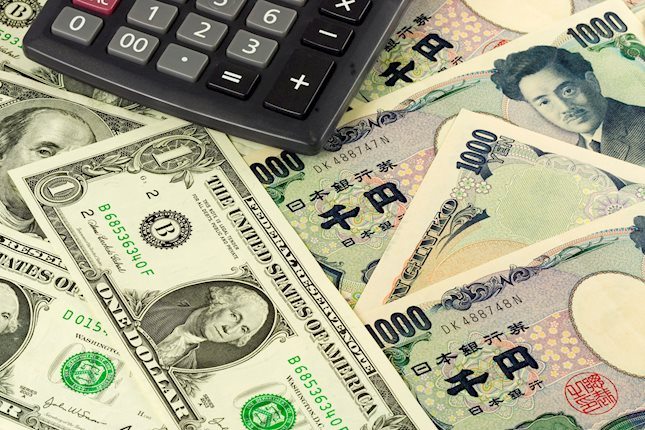AUD/JPY edges lower to near 100.50, upside potential seems possible due to hawkish RBA
- AUD/JPY loses ground after the release of lower-than-expected Australia's third-quarter inflation data.
- The monthly Australian CPI rose by 2.1% YoY in September, against the expected 2.3% and previous 2.7% readings.
- The Japanese Yen may struggle due to increased uncertainty surrounding the BoJ rate-hike intentions, following LDP coalition loss.
AUD/JPY extends its losses for the second successive session, trading around 100.50 during the early European hours on Wednesday. This downside of the AUD/JPY cross is attributed to the weaker Australian Dollar (AUD) following lower-than-expected Australia's third-quarter Consumer Price Index (CPI) data.
The Australian Bureau of Statistics reported that the Consumer Price Index (CPI) rose just 0.2% quarter-over-quarter in the third quarter, down from 1.0% in the previous quarter and slightly below the anticipated 0.3%. The monthly CPI rose by 2.1% year-over-year in September, coming in below market expectations of 2.3% and down from August's reading of 2.7%.
However, the downside of the AUD could be restrained due to the hawkish sentiment surrounding the Reserve Bank of Australia's (RBA) regarding its policy outlook. The Reserve Bank of Australia signaled that the current cash rate of 4.35% is sufficiently restrictive to guide inflation back to the target range of 2%-3% while continuing to support employment. As a result, a rate cut in November appears unlikely.
The Japanese Yen (JPY) may encounter pressure due to ongoing uncertainty surrounding the Bank of Japan’s (BoJ) rate-hike intentions, especially after the ruling Liberal Democratic Party (LDP) coalition lost its parliamentary majority in Sunday’s election.
Japan’s Economy Minister Ryosei Akazawa remarked on Tuesday that a weaker Yen could drive up prices via higher import costs, potentially reducing real household income and dampening private consumption if wage growth does not keep pace.
The Bank of Japan’s interest rate decision, scheduled for Thursday, remains a focal point, with nearly 86% of economists surveyed by Reuters anticipating that the central bank will hold rates steady at its October meeting.
Interest rates FAQs
Interest rates are charged by financial institutions on loans to borrowers and are paid as interest to savers and depositors. They are influenced by base lending rates, which are set by central banks in response to changes in the economy. Central banks normally have a mandate to ensure price stability, which in most cases means targeting a core inflation rate of around 2%. If inflation falls below target the central bank may cut base lending rates, with a view to stimulating lending and boosting the economy. If inflation rises substantially above 2% it normally results in the central bank raising base lending rates in an attempt to lower inflation.
Higher interest rates generally help strengthen a country’s currency as they make it a more attractive place for global investors to park their money.
Higher interest rates overall weigh on the price of Gold because they increase the opportunity cost of holding Gold instead of investing in an interest-bearing asset or placing cash in the bank. If interest rates are high that usually pushes up the price of the US Dollar (USD), and since Gold is priced in Dollars, this has the effect of lowering the price of Gold.
The Fed funds rate is the overnight rate at which US banks lend to each other. It is the oft-quoted headline rate set by the Federal Reserve at its FOMC meetings. It is set as a range, for example 4.75%-5.00%, though the upper limit (in that case 5.00%) is the quoted figure. Market expectations for future Fed funds rate are tracked by the CME FedWatch tool, which shapes how many financial markets behave in anticipation of future Federal Reserve monetary policy decisions.
Forex News
Keep up with the financial markets, know what's happening and what is affecting the markets with our latest market updates. Analyze market movers, trends and build your trading strategies accordingly.














